Byzantium in the Iconoclast Era, c. 680–850
A History
- Authors:
- Leslie Brubaker, University of Birmingham
- John Haldon, Princeton University, New Jersey
- Date Published: January 2011
- availability: Available
- format: Hardback
- isbn: 9780521430937
Hardback
Other available formats:
Paperback
Looking for an inspection copy?
This title is not currently available on inspection
-
Iconoclasm, the debate about the legitimacy of religious art that began in Byzantium around 720 and continued for nearly one hundred and twenty years, has long held a firm grip on the historical imagination. This is the first book in English for over fifty years to survey this most elusive and fascinating period in medieval history. It is also the first book in any language to combine the expertise of two authors who are specialists in the written, archaeological and visual evidence from this period, a combination of particular importance to the iconoclasm debate. The authors have worked together to provide a comprehensive overview of the visual, written and other materials that together help clarify the complex issues of iconoclasm in Byzantium. In doing so they challenge many traditional assumptions about iconoclasm and set the period firmly in its broader political, cultural and social-economic context.
Read more- A major new survey of this most elusive and fascinating of periods of medieval history
- Combines the expertise of a world-renowned art historian and historian, both specialists in the visual and written evidence of the period
- Challenges many traditional views and places the period firmly in its broader political, cultural and social-economic context
Awards
- Winner of the 2011 PROSE Award for Excellence in Humanities, Association of American Publishers
Reviews & endorsements
'This is the most important book on Byzantium to appear in my lifetime. The authors admirably fulfil their stated intention to discuss political recovery and institutional reshaping, the final stages in the evolution of eastern Orthodox dogma, the emergence of a new political and social elite, the transformation of urban life and also urban-rural relations, and the generation of a new 'medieval' perspective on the past.' Thomas F. X. Noble, Journal of Interdisciplinary History
See more reviews'… scholars and students interested in iconoclasm and Byzantine history cannot afford to ignore this volume.' Arctos
Customer reviews
17th Oct 2024 by UName-1068026
This scholarly work is outstanding. As a writer of fiction, a student of history, a trained mathematician, and a former professional in the City, I cannot understate the outstanding level of scholarship exhibited in Haldon's and Brubaker's volume. The arguments are lucidly developed and summed up in clear way. Although they are sometimes repeated, this is clearly by design and always in the service of a worthy end and never at the expense of the narrative. The use of the English language is impeccable and the copy editing by the publisher is almost as flawless with only a handful of errors scattered amidst the almost one thousand pages of material. I can honestly say that I am the better for having read this volume and recommend it to anyone with a rudimentary grasp of the period wishing to deepen their understanding of it. Paul Higgins
Review was not posted due to profanity
×Product details
- Date Published: January 2011
- format: Hardback
- isbn: 9780521430937
- length: 944 pages
- dimensions: 254 x 185 x 47 mm
- weight: 2kg
- contains: 71 b/w illus. 7 maps
- availability: Available
Table of Contents
Introduction
1. Belief, ideology and practice in a changing world
2. Leo III: iconoclast or opportunist?
3. Constantine V and the institutionalisation of iconoclasm
4. The triumph of tradition? The iconophile intermission, 775–813
5. The second iconoclasm
6. Economy, society and state
7. Patterns of settlement: urban and rural life
8. Social elites and the court
9. Society, politics and power
10. Fiscal management and administration
11. Strategic administration and the origins of the themata
12. Iconoclasm, representation, and rewriting the past.
Sorry, this resource is locked
Please register or sign in to request access. If you are having problems accessing these resources please email [email protected]
Register Sign in» Proceed
You are now leaving the Cambridge University Press website. Your eBook purchase and download will be completed by our partner www.ebooks.com. Please see the permission section of the www.ebooks.com catalogue page for details of the print & copy limits on our eBooks.
Continue ×Are you sure you want to delete your account?
This cannot be undone.
Thank you for your feedback which will help us improve our service.
If you requested a response, we will make sure to get back to you shortly.
×

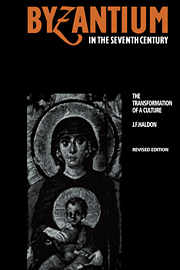
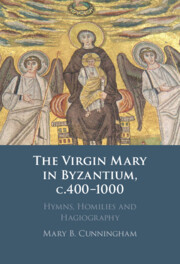
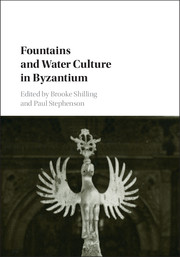
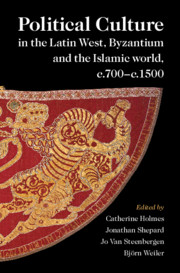
.jpg)
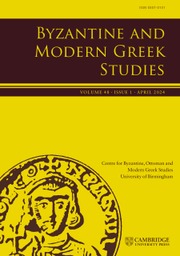
.jpg)



